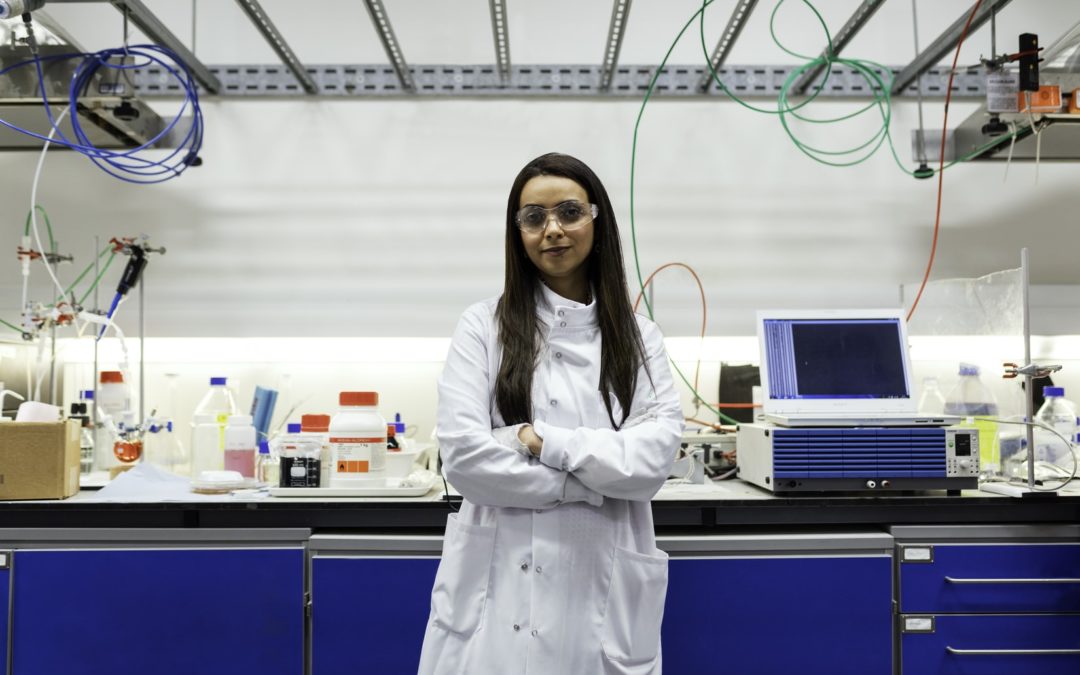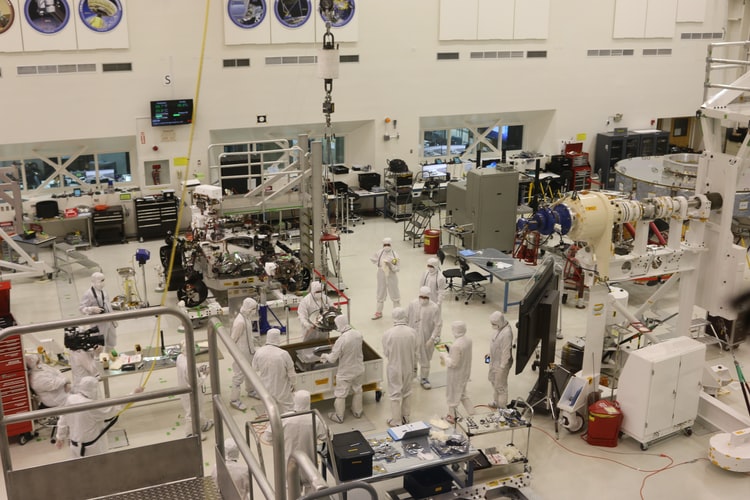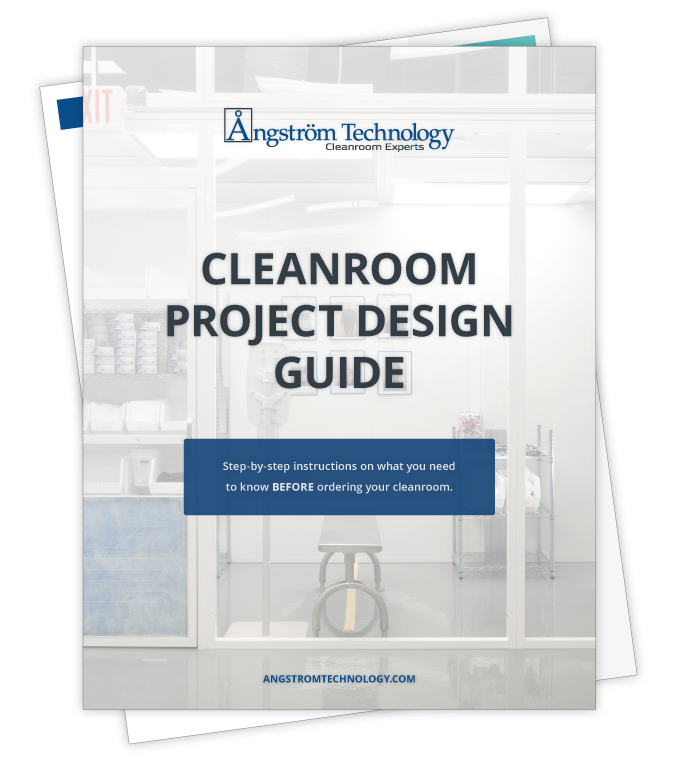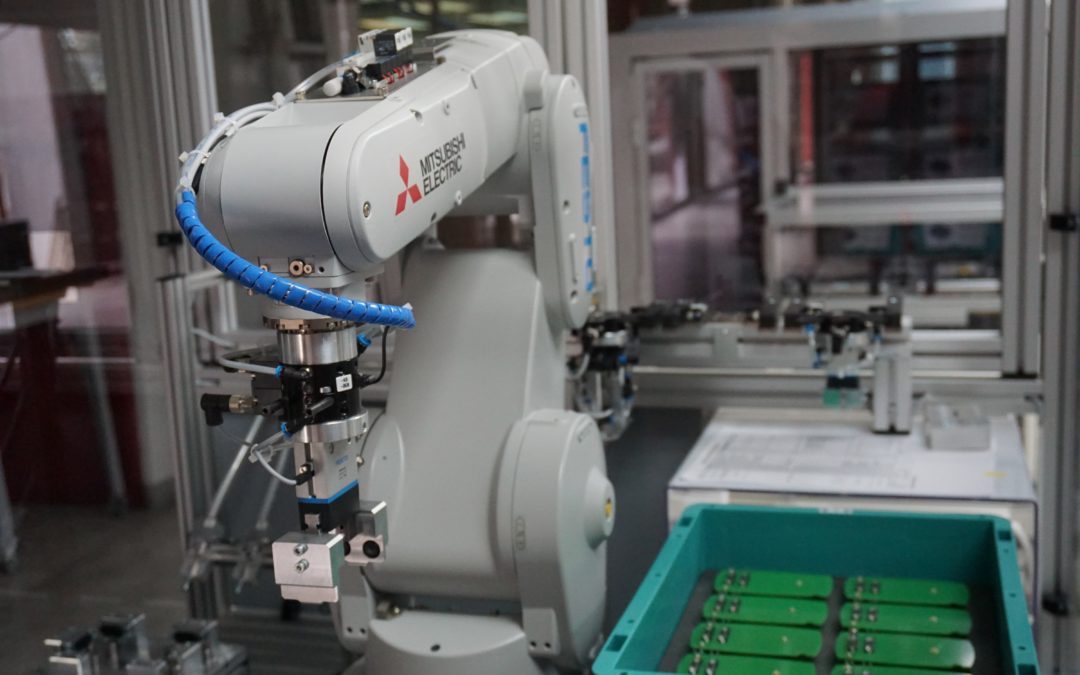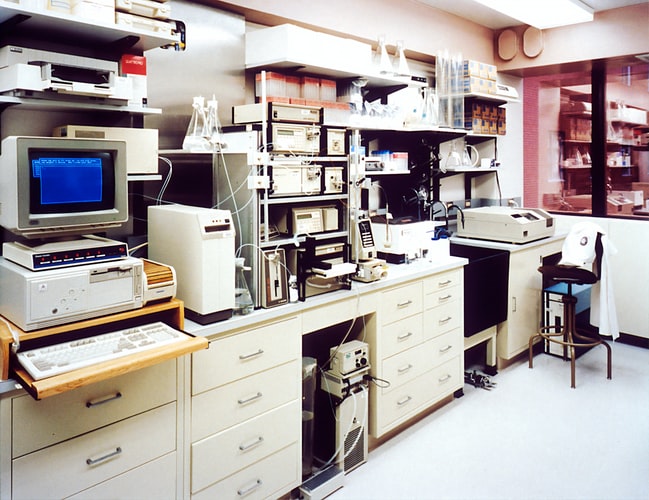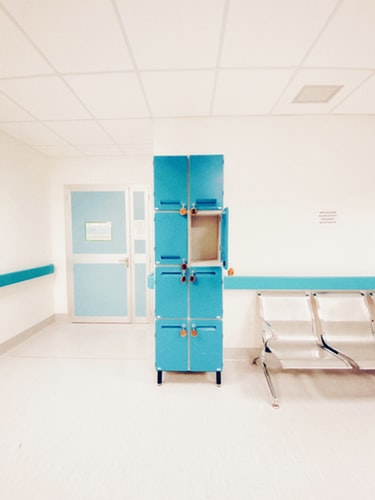
How to Upgrade your Cleanroom
As Greek philosopher Heroclitus said, “There is nothing permanent except change.” While the conditions in your cleanroom are designed to stay the same, your work rarely does. If your project needs are evolving, you might find yourself needing to meet new cleanroom classification requirements. Even a seemingly small jump to a more stringent ISO Class can be a big change for your facility. How do you make the leap? Let’s work through what upgrading your cleanroom will look like, and how to start the process.
Upgrading Your Cleanroom Classification?
Start Here.
If you have to move to a more stringent qualification, the first thing you have to do is take a hard look at your cleanroom classification. Start with your classification as it stands and look at the specific areas you need to adjust to achieve the next level of cleanliness. To do that, we have to break down what’s in a classification. While there’s much more involved than just these three elements, the main differences between classifications are defined by:
- Allowed particles (by number and size)
- Air changes per hour (or airflow velocity)
- Percentage of ceiling coverage of FFUs (filter fan units)
When upgrading your cleanroom, you’ll need to make changes to address these three areas in order to make your cleanroom more clean. In addition to ISO standards, your cleanroom upgrade will also reflect necessary changes specific to your new project or scope of work. Consider your new application or purpose and what upgrades will ensure success in your future endeavors. This could include more control over temperature and humidity, more space for equipment, cabinetry and other storage, cleanroom furniture, lighting, ESD-safe materials, or other specialized features.
Redesigning Your Cleanroom
Whether you’re upgrading your cleanroom to meet a new classification, to match a new purpose, or both, there are several factors you should consider when redesigning your space. Your cleanroom upgrade encompasses the layout and structure of your space, your cleanroom’s systems, and how to maintain your new classification once reached.
Reconfiguring Your Cleanroom Layout
When redesigning your cleanroom layout, you can easily rearrange modular panels to create the new space and shape that works for your new project. Add more panels for a larger cleanroom, or remove and store extras for a more controlled, condensed space. Your upgraded cleanroom may require more space for additional personnel, large equipment, or room to move carts and transport products, so be sure to factor these potential needs into your cleanroom redesign.
If you’re upgrading your cleanroom to a more stringent classification, or your project parameters are changing significantly, you may need to choose a different structure altogether. Consider these three types of cleanrooms for your redesigned facility:
- HardWall Cleanrooms: Offering increased security and the highest possible control, HardWall cleanrooms are able to meet the strictest classification standards effortlessly.
- SoftWall Cleanrooms: The most flexible cleanroom type, SoftWalls are easy to expand, reconfigure and fit in small spaces. They’re an affordable modular option with room to grow.
- RigidWall Cleanrooms: With less flexibility than HardWalls but more stability than SoftWalls, RigidWall cleanrooms are a minimalist middle ground made of solid clear panels — great for showing off your operations to investors.
Upgrading Cleanroom HVAC System
Upgrading your cleanroom will likely also require upgrading the systems that support it. You may be able to update your existing cleanroom HVAC system or add a dedicated system if your new classification requires more control over temperature and humidity. A powerful and reliable HVAC system does more than just keep your employees comfortable. It also helps to maintain a stable atmosphere for any sensitive hardware or substances you work with, and prevents machinery from overheating.
Humidity control can help avoid potential problems that come with too much moisture such as condensation and contamination, which could impact productivity by extending drying time or causing products or processes to fail. A cleanroom HVAC system that is in tune with your project and facility’s needs will keep your cleanroom clean and consistent.
Meeting New Cleanroom Filtration Requirements
Your cleanroom classification will specify your allowed particle count, as well as the minimum air changes needed to clean the air effectively. When upgrading your cleanroom, you will likely need to increase your air change rate and capture more and smaller particles. You can achieve this by adding more fan filter units to increase your percentage of ceiling coverage. This is also a good time to check and/or replace HEPA filters to make sure they are effectively removing particles from the air.
Additionally, rearranging your layout or furniture might require the implementation of a new airflow pattern. Furniture or equipment can block filters and interrupt the flow of air, creating pockets of turbulent air or spaces where contaminants could be trapped. To find the best airflow pattern that works with your upgraded cleanroom, work with a cleanroom design expert. They can use computational fluid dynamics to model your cleanroom airflow pattern and make decisions about layout that will improve air change efficiency and support the healthy life of your HEPA filters.
Proper airflow with effective filtration will ensure you are removing particles consistently and reaching appropriate levels for your new classification. Once it reaches that level of clean, all you have to do is keep it there.
Maintaining Your Cleanroom Classification
Once you’ve upgraded your cleanroom to its new classification, congratulations! Now you’re done, right? Unfortunately, reaching new requirements is only half of the battle. Most of the work lies in supporting your upgraded cleanroom with regular maintenance and cleaning. Follow through with regular maintenance tasks like cleaning procedures, replacing pre-filters, and servicing equipment to make sure your cleanroom stays in top condition.
Your cleanroom should be checked regularly to make sure it complies with your classification standard. If your cleanroom falls in the ISO Class 5 or lower category, it will need to be monitored with particle count tests biannually, per ISO 14644-2. Cleanrooms with less stringent standards are checked once each year.
Keep up with scheduled maintenance and monitoring tasks to make sure your cleanroom meets its new standards completely and consistently.
If you need to upgrade your cleanroom to a higher classification, we can help. We’ll take a look at what you’ve got, and determine the best way to get you where you need to be. Once you’ve reached your goal, we can add you to our regular cleaning and maintenance schedule, so you don’t have to worry about consistently meeting your classification standards. Reach out to Angstrom Technology for all of your cleanroom needs today!


